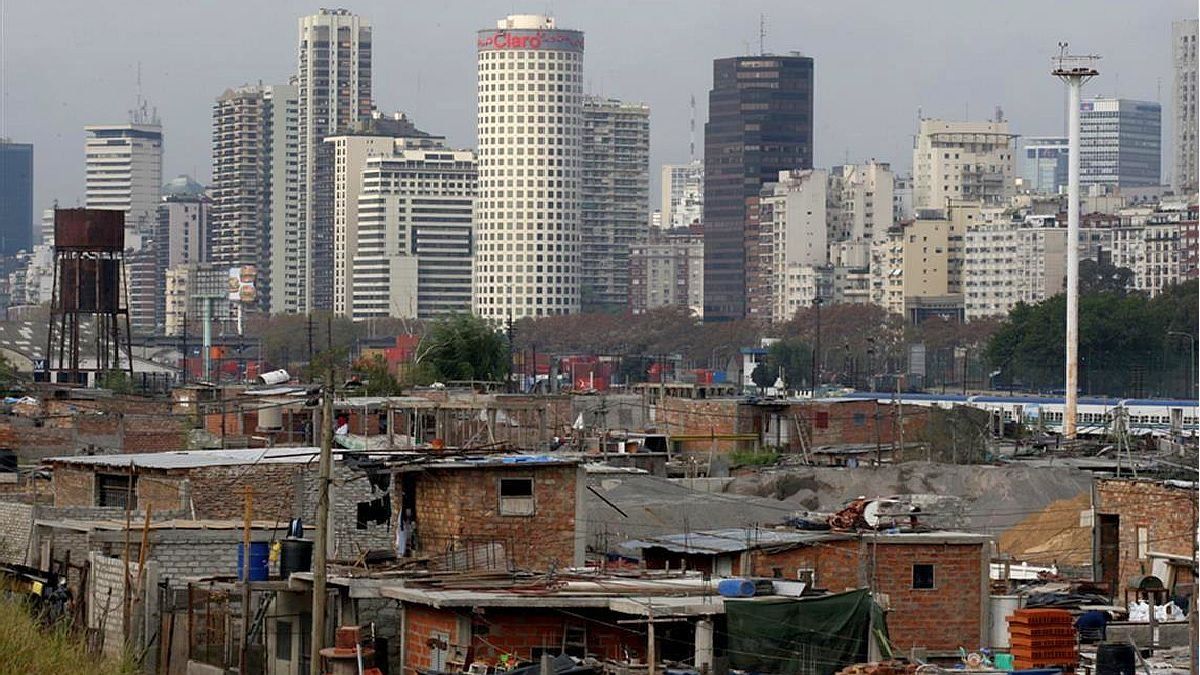The Dgeyc highlighted that “The recovery trend of the main indicators continues, with an increase in both the activity rate and employment, and a decrease in the inactive population”, with levels “similar to those corresponding to the year 2018”.
“However, a certain fragility is observed in this process, due to the fact that the interannual variations of the main indicators begin to be less profound than during the previous quarters”, The report highlighted, referring to the changes in the basis of comparison, which already take periods in which the restrictions on the activity of the first months of the pandemic began to relax.
The Activity rate of the resident population in the city of Buenos Aires reached 55.3%with a year-on-year increase of 1.7 percentage points and a decrease of 1.1 compared to the fourth quarter of last year.
The employment rate was located in 50.4%increasing 2.2 points compared to the same quarter of the previous year and decreasing 1.7 in relation to October-December.
The unemployment reached the 8.7% of the Economically Active Population (EAP), with a reduction of 1.3 points compared to the same period in 2021 and a rise of 1% compared to the fourth quarter.
The underemployment it reached 9.3% of the economically active population, with an interannual decrease of 1.2 points, which reached 1.7 in the comparison with the last quarter.
In absolute values, the interannual increase in the employed population was 69,385 peoplein addition to a reduction in the number of unemployed women 16,996while inactivity decreased in 49,331.
POVERTY
NA
The statistical agency’s report also revealed a reduction in the gender gap, as well as the historical difference between the northern and southern neighborhoods of the district, although disparities in the two variables persist.
In the classification by sex, for the female population, the activity rate increased marginally 0.2 point, reaching 49.7%, the employment rate increased by 1.4 (44.8%), while the unemployment rate was 10%, decreasing 2.2.
As far as the male population In this regard, the employment rate (56.9%) increased 3.2 percentage points and the unemployment rate (7.5%), decreased marginally 0.4, while the activity rate (61.5%) increased 3.2 .
As for the zone analysisall showed improvements in the behavior of employment and unemployment rates, with a relative improvement in the southern zone that is still not enough to balance the differences with the north.
The employment in the south presented the greatest recovery of 2.9 percentage points, reaching a rate of 43.7%, followed by the northern areas (54.5%) and center (52.3%), with an increase of 2.3 and 1.9 respectively.
The unemployment rate decreased 3 points in the south (12%), 1.6 in the north (4.7%) and 0.5 in the center (8.8%).
The activity rate showed an increase in the central zone (1.7 points), reaching 57.3%, followed by the south with an increase of 1.6 and a rate of 49.6%, while in the north it was from 1.5 reaching 57.2%.
Source: Ambito
David William is a talented author who has made a name for himself in the world of writing. He is a professional author who writes on a wide range of topics, from general interest to opinion news. David is currently working as a writer at 24 hours worlds where he brings his unique perspective and in-depth research to his articles, making them both informative and engaging.




